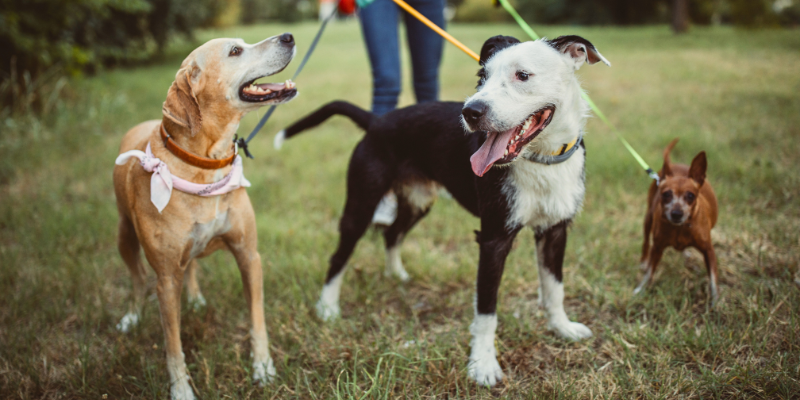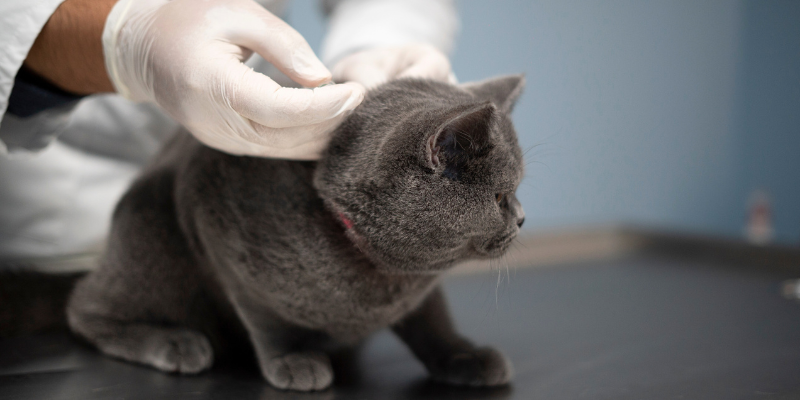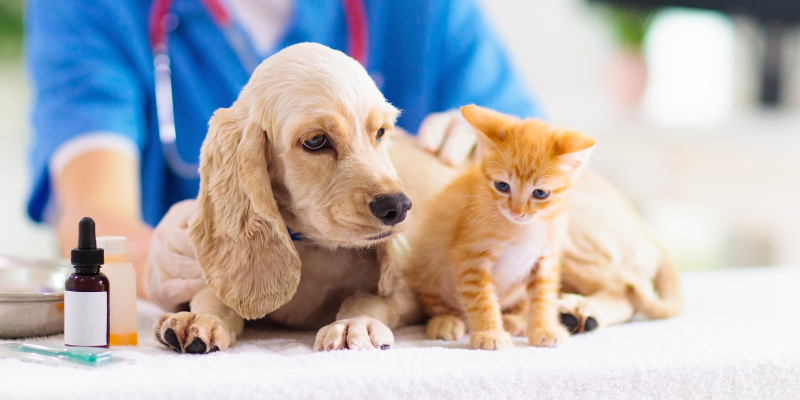[et_pb_section fb_built=”1″ _builder_version=”3.25.4″][et_pb_row _builder_version=”3.25.4″][et_pb_column type=”4_4″ _builder_version=”3.25.4″][et_pb_text _builder_version=”3.25.4″]
There’s no doubt about it when it comes to dental disease it can really stink!
But don’t be tempted to simply turn your head away as bad breath can be a sign that your pet is suffering from dental disease, a sneaky condition that likes to creep up on your pet.
As the disease progresses, plaque and tartar build up around the teeth leading to an inflammatory condition called gingivitis. Eventually, the gum separates from the tooth and small pockets of bacteria accumulate.
You should not ignore this disease. It is painful and can impact the overall health of your pet as the bacteria enter the bloodstream and make their way around your pet’s body.
Signs of dental disease include:
– Bad breath
– Redness of the gums
– Drooling from the mouth
– A loss of appetite or weight loss
Sometimes the signs are subtle and you may not notice anything at all. This is why regular check-ups with us are so important as during any routine examination we will always examine your pet’s mouth to rule out the need for further intervention.
How do we treat dental disease?
If we diagnose dental disease early enough, we can implement a treatment plan and slow the progression of this condition.
Dogs and cats with more advanced dental disease need a general anaesthetic to assess the teeth as well as thoroughly clean under the gum line. This helps reduce the plaque and bacteria and treat the gingivitis. Radiographs may also be taken to look for hidden problems inside the tooth or beneath the gums. Teeth that are severely diseased and causing pain are removed.
Here are our top tips for dental care at home:
1. Make every mouthful count
Wet and soft food diets are notorious for allowing plaque and tartar to accumulate.
We have excellent diets available that are actually designed to clean the teeth as your pet chews. We can also advise you on the best chews and treats available when it comes to dental care. Not every chew on the market is entirely safe for your pet so it’s best to ask us for advice.
2. Brushing is best
Brushing your pet’s teeth is considered gold standard in home care. We have toothbrushes that enable you to get into the hard to reach places. Keep in mind that it can take a few months for your pet to get used to the idea! Daily brushing is recommended (in an ideal world) however a couple of times a week is better than no brushing at all. If you are using a dental paste make sure it pet-friendly (human toothpaste is toxic to pets). We will show you how best to brush your pet’s teeth – just ask us for a demonstration.
If you are worried about your pet’s teeth you should speak to us. With correct dental care, your pet will be happier and live a healthier and longer life without dreaded doggy breath!
[/et_pb_text][/et_pb_column][/et_pb_row][/et_pb_section]






